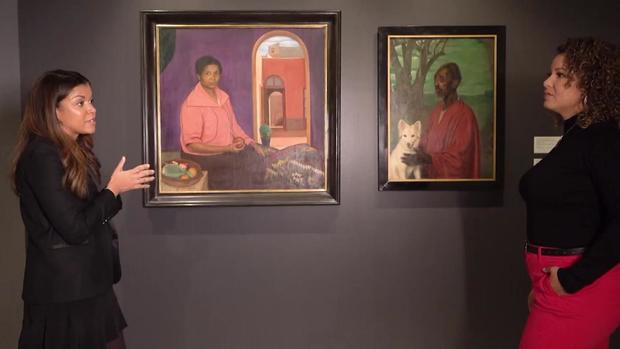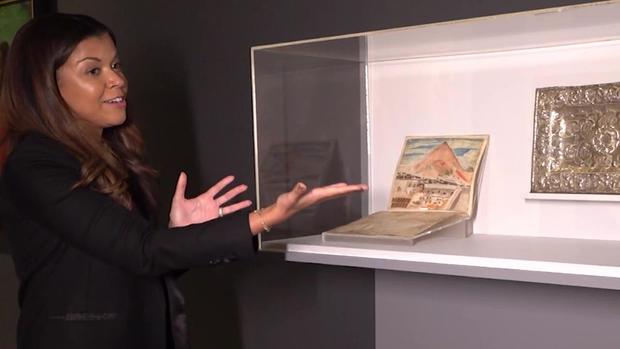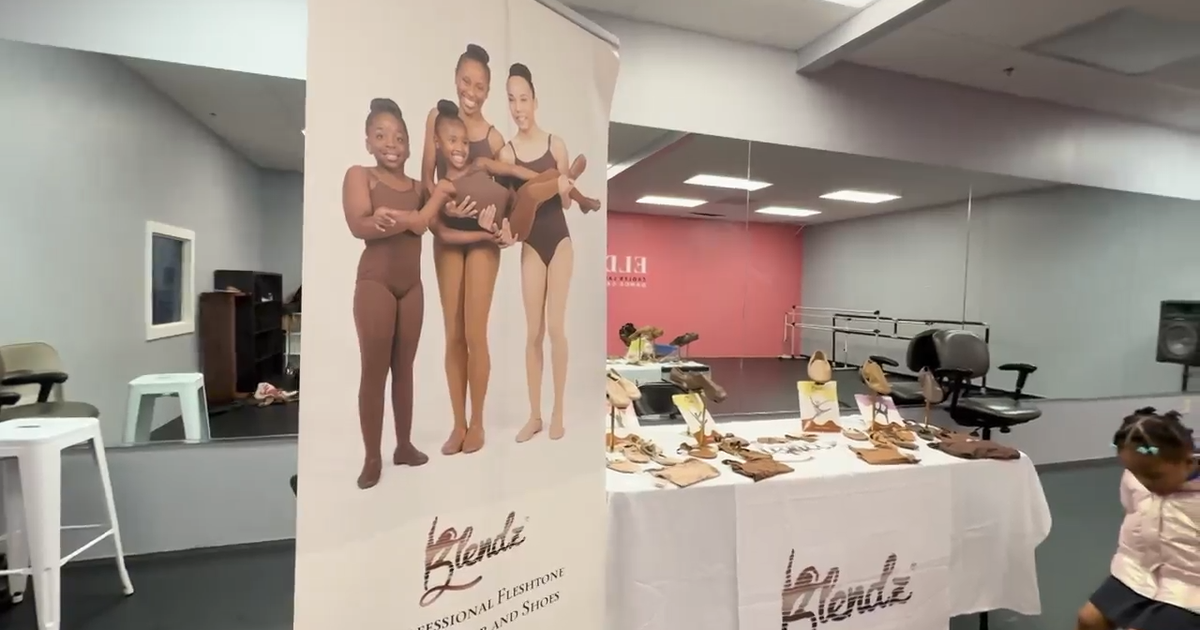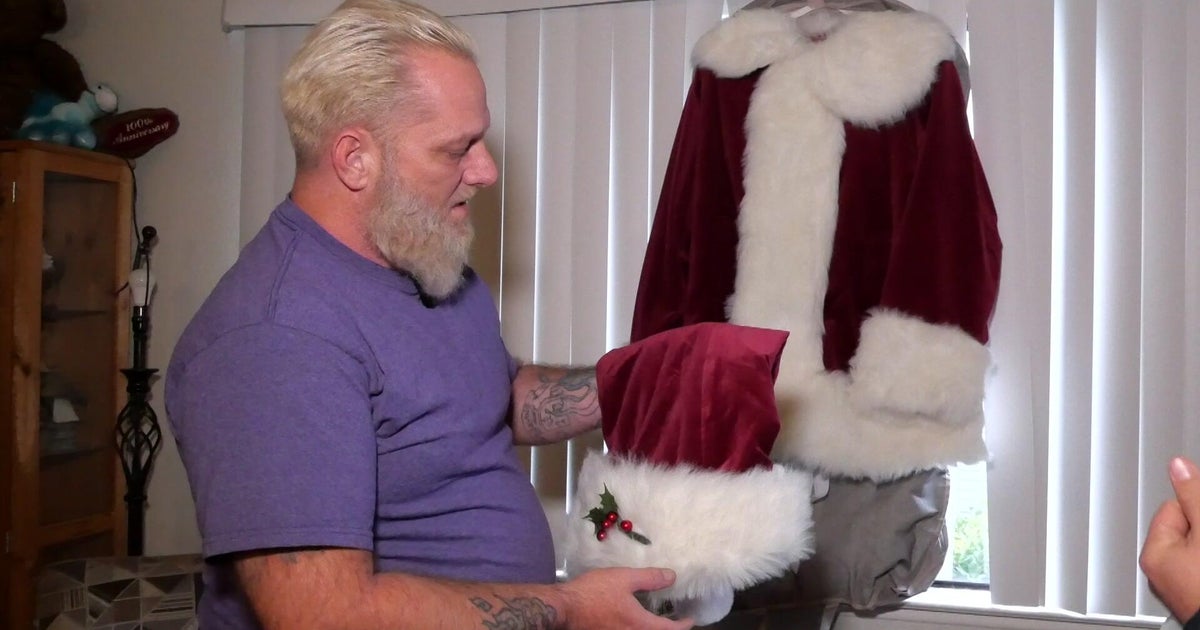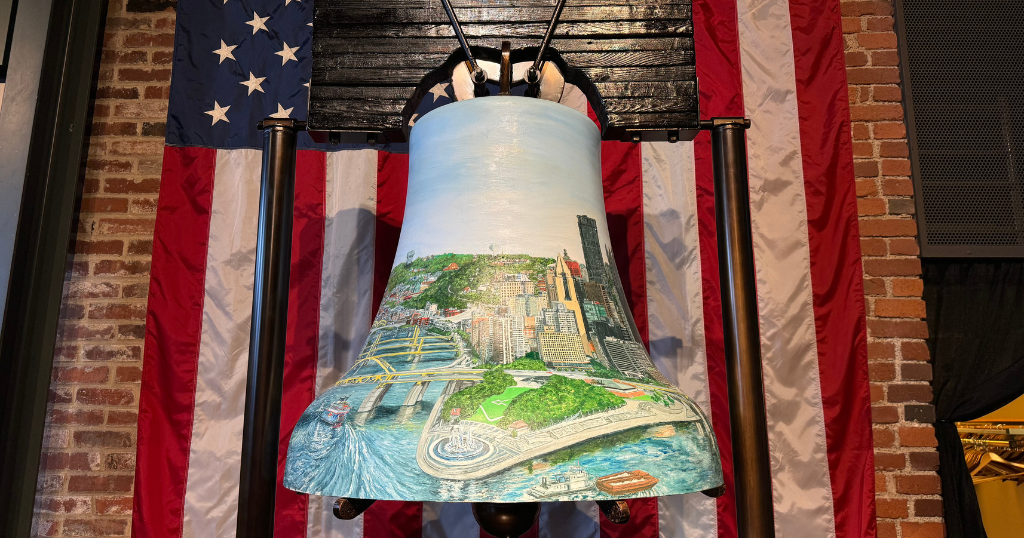Hispanic Society's first Black curator Madeleine Haddon reframes art history
NEW YORK - The Hispanic Society Museum and Library in Washington Heights is bringing some long-hidden art pieces to the forefront, under the leadership of the museum's first Black curator.
In the Nuestra Casa exhibit, the neighborhood is welcomed home to the iconic institution of culture, which closed five years ago for renovations. This time, guest curator Madeleine Haddon is reframing history.
"Narratives that are told through art, and through paint in particular, are really critical in thinking about how we think about our cultural and racial identity today," said Haddon.
Famous works collected since the museum opened in 1904 took a tour to share their impact on the world, but in the vaults, more than 700,000 works lay waiting for their turn in the spotlight. One such painting was Young Man From The Coast by José Augustín Arrieta, which is now the centerpiece for the exhibit.
"It was absolutely important to me that this Black man is the first thing that you see when you walk into this show, to counter so much of that," Haddon said.
The young man's portrait overshadows Diego Velásquez's Portrait Of A Little Girl to his side. This is a deliberate and personal mission for Haddon, which started when she started studying art.
"I painted photographs of my family," Haddon recalled. "There were not many Black people in my school that I could paint. It was hard to find models."
Haddon saw the bigger picture in her first art history class.
"When we stereotypically think about art from this period, people of color are not represented, Haddon said. "Doesn't mean that they weren't there."
One pair of paintings by Miguel Viladrich show people of African descent in their home environments in 1920s Montevideo, Uruguay.
"Once slavery ended there, the population really flourished," Haddon explained.
Other displays explore the value of slaves over the value of the silver they mined, with a hand-drawn map of a Peruvian mine in Potosí placed next to a silver tray from the same era.
"Something that's akin to genocide has not always been acknowledged," pointed out Haddon.
Igniting these conversations, Haddon invites other young art lovers of color to follow in her footsteps.
"I hope they're coming to shows like this and will see that this is a home for them," she said. "This is a place for them. And really, we really need them."
The Nuestra Casa exhibit is open to the public Thursdays through Sundays until April 17. The Hispanic Society is located on West 155th Street and Broadway.

